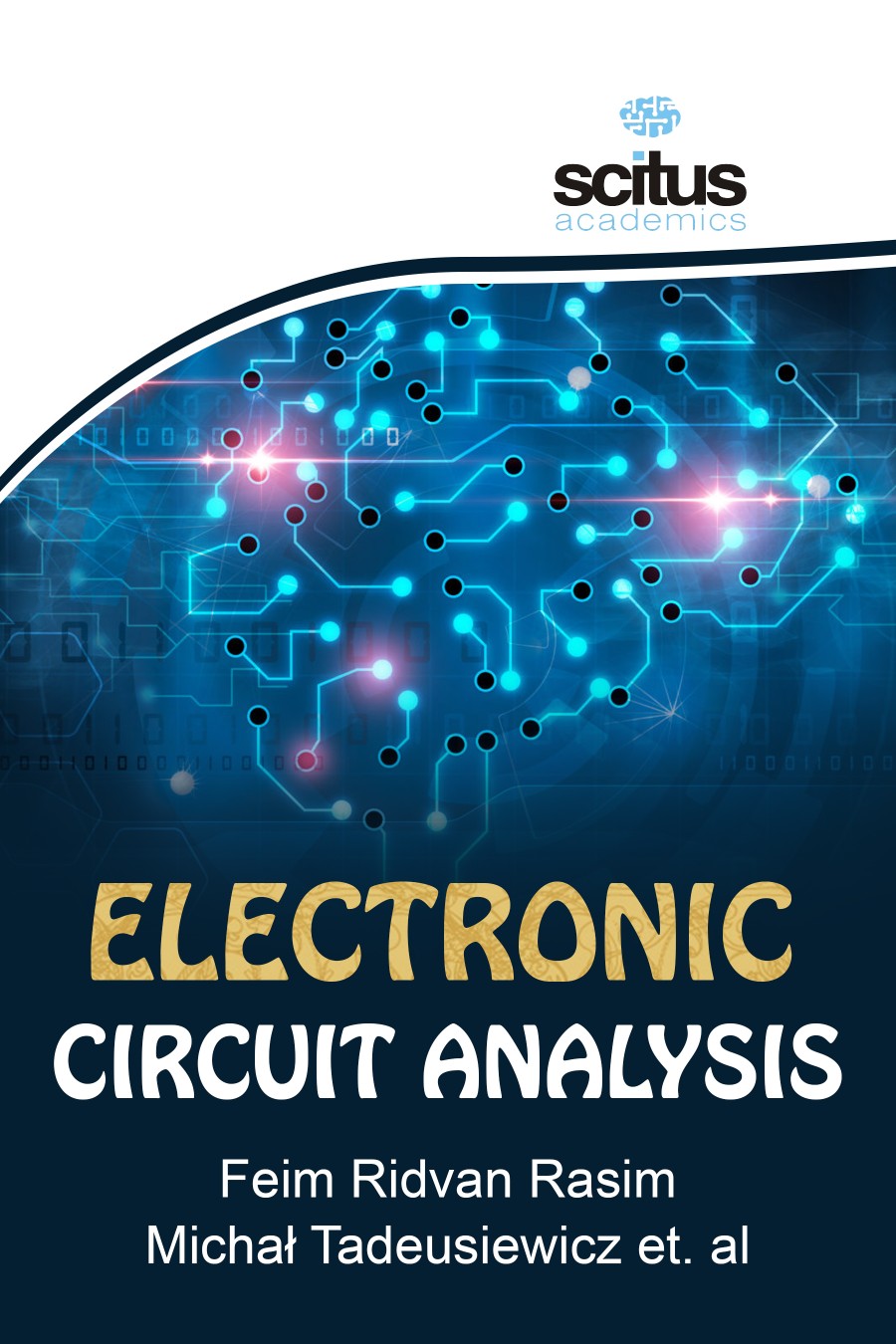Fault diagnosis of electronic circuits has been one of the most challenging topics for researchers and test engineers. Given the circuit topology and nominal circuit parameter values, fault diagnosis is to obtain the exact information about the faulty circuit based on the analysis of the limited measured circuit responses. Fault diagnosis of electronic circuits is essential for analog and mixed-signal systems testing and maintenance both during the design process and the manufacturing process of VLSI ASICs. With recent sharp development of electronic design automation tools and widespread application of analog VLSI chips and mixed-signal systems in the area of wireless communication, networking, neural network and real-time control, the interests in analog test and fault diagnosis revives. System-on-chip solutions favored by modern electronics pose new challenges in this topic such as increased complexity and reduced die size and accessibility. As discussed earlier, the conventional method for multiple fault diagnosis can be divided into three steps: fault detection, fault location determination, and finding the faulty elements values. This conventional method is readily deemed to be a numerical method by its very own nature but it is presented here as it provides basic insight to the problem and the limitations facing all numerical methods. While process engineers have traditionally coped with die-to-die fluctuations, the today within-die variations are more subtle since they imply that different areas of the same die exhibit different values of the various parameters.
Electronic Circuit Analysis provides state of the art complete coverage of electrical circuits and to the field of energy conversion technologies, analysis and design. A number of methods of analyzing power electronic circuits are discussed and illustrated. Chapters are contributed by worldwide authors and specialists to equip readers with necessary background material in such topics as devices, switching circuit analysis techniques, converter types, and methods of conversion.
Designed for senior undergraduate and graduate electrical engineering students, this book provides students with the ability to analyze and design power electronic circuits used in various industrial applications.













